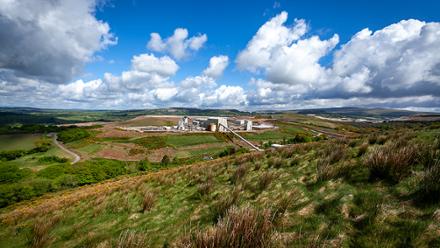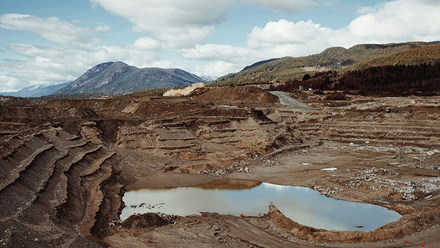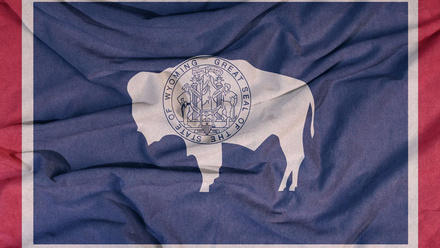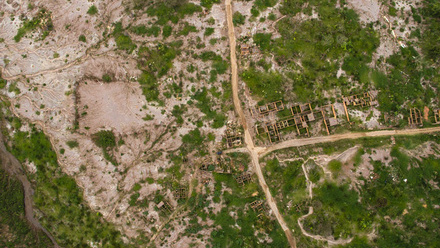‘Extinct’ mineral named for Cornwall
A new species of mineral has been described by the Natural History Museum, arising from the UK.
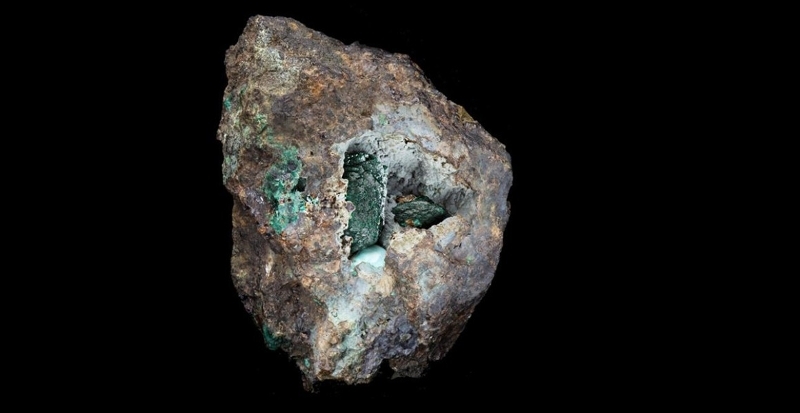
A sample of rock that was collected from a mine in Cornwall some 220 years ago has been identified as a new species of mineral. Researchers at the Museum were investigating colour variations in liroconite, a bright blue mineral originating from Cornwall.
They discovered that the darkest green samples are sufficiently chemically different to the blue shades that it qualifies as a new species.'
The new description has now been approved by the governing body and the new species kernowite will be published in Mineralogical Magazine in the new year.
Iron is believed to be the source of the green colouring in kernowite while aluminium gives liroconite it’s blue. The new species is currently known from a single location in Cornwall, which has given rise to its new name kernowite, after Kernow - the Cornish word for Cornwall. Kernowite came from the Wheal Gorland mine, active between 1790 and 1909, but it has been demolished now. There is a housing estate covering the site.
This closure means more samples of the mineral may never be found again, unless in other museum collections.


